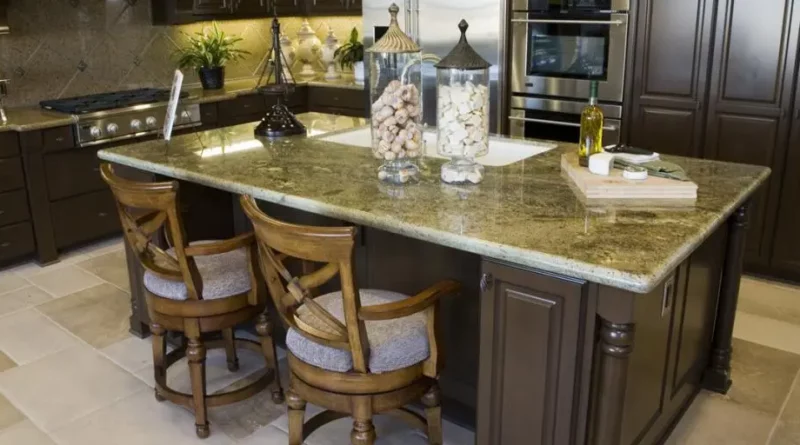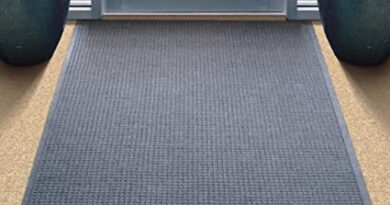Different Quartzite Advantages
A spontaneous transformation of sandstone into quartzite results in the formation of this metamorphic rock. Quartzite is formed over time by the application of heat and pressure to sandstone. After that, the stone is cut and shaped at the quarry. Quartzite may be found in a variety of home construction applications including stair treads, flooring, wall coverings, vanity tops, and worktops.
Quartzite Is A Hard Rock
Quartzite is strong and long-lasting, with excellent resistance to scratches, chemicals, and extreme temperatures. Quartzite is formed as quartz fills sandstone’s gaps.
Quartzite is the hardest mineral known to humankind. The finished stone is resistant to any wear and tear that may occur in high-traffic areas of a house, such as the kitchen and bathroom. Because there is such a vast variety of performance quartzite available on the market, you should talk to an expert.
Quartzite Complements Exquisite Homes
Quartzite stone countertop lends an air of refined sophistication to a kitchen. The most common colors for quartzite slabs are white and gray, although they also come in brown and black. Quartzite has moderate, neutral tones. Stone is a beautiful addition to the design of any kitchen.
The striking veining that may be seen in quartzite gives the stone its unique appearance. Quartzite countertops in kitchens bring an unrivaled elegance to the space.
Quartzite Overcomes Granite
Granite is frequently used in the renovation of kitchens and bathrooms. Quartzite has helped to lessen the severity of this tendency. In comparison to granite, quartzite has a higher density and a lower permeability. However, they can both be penetrated. There are types of quartzite that do not require sealing. Sealing is recommended by retailers.
Low-Maintenance Quartzite
Due to the limited porosity of quartzite, it is not susceptible to the growth of mold or bacteria and is easy to keep clean, just like granite. Maintaining the sealant every year will allow you to get the most out of the limited porosity of this stone.
Quartzite is a stone that looks similar to marble yet has many advantages over marble.
Because of their superficial similarities, stone yards commonly make the error of classifying marble as quartzite. Worse yet, many people refer to marble as “soft quartzite.”
Although the veining, color, texture, and pattern of the two stones are quite similar, their durability could not be more different.
Several tests can identify quartzite. First, use a piece of glass to scrape the stone. Quartzite is far more scratch-resistant than glass due to its higher hardness. When quartzite is scraped, it no longer qualifies as quartzite.
Bring a tone sample back to the house. Overnight, place a lemon on top of it. If the stone has a different color in the morning, it is not quartzite.
Costs That Are Not Prohibitive
The cost of quartzite countertops is significantly more than that of wood or laminate. However, it is less expensive than marble. Prices for it are comparable to those for granite and quartz.
Designers Like Quartzite
Quartzite is in high demand as a result of its robustness, elegance, and shimmering appearance. The material is offered in a variety of on-trend earth tones.
If you are a homeowner interested in upgrading your property, you should think about installing countertops made of quartz or quartzite. Quartz is manufactured using pigments and resins, whereas quartzite is a rock that has undergone metamorphism. Quartzite is cut from enormous quarries. Quartzite countertops are offered. Before it can be used, quartzite has to have a seal applied to it every year.
Quartzite Is Not To Be Confused With Quartz
Quartz is man-made from natural materials. Quartzite is a kind of stone that forms on the earth naturally. Because their names are pronounced similarly, people frequently mix them up. However, they each possess a unique set of characteristics.




